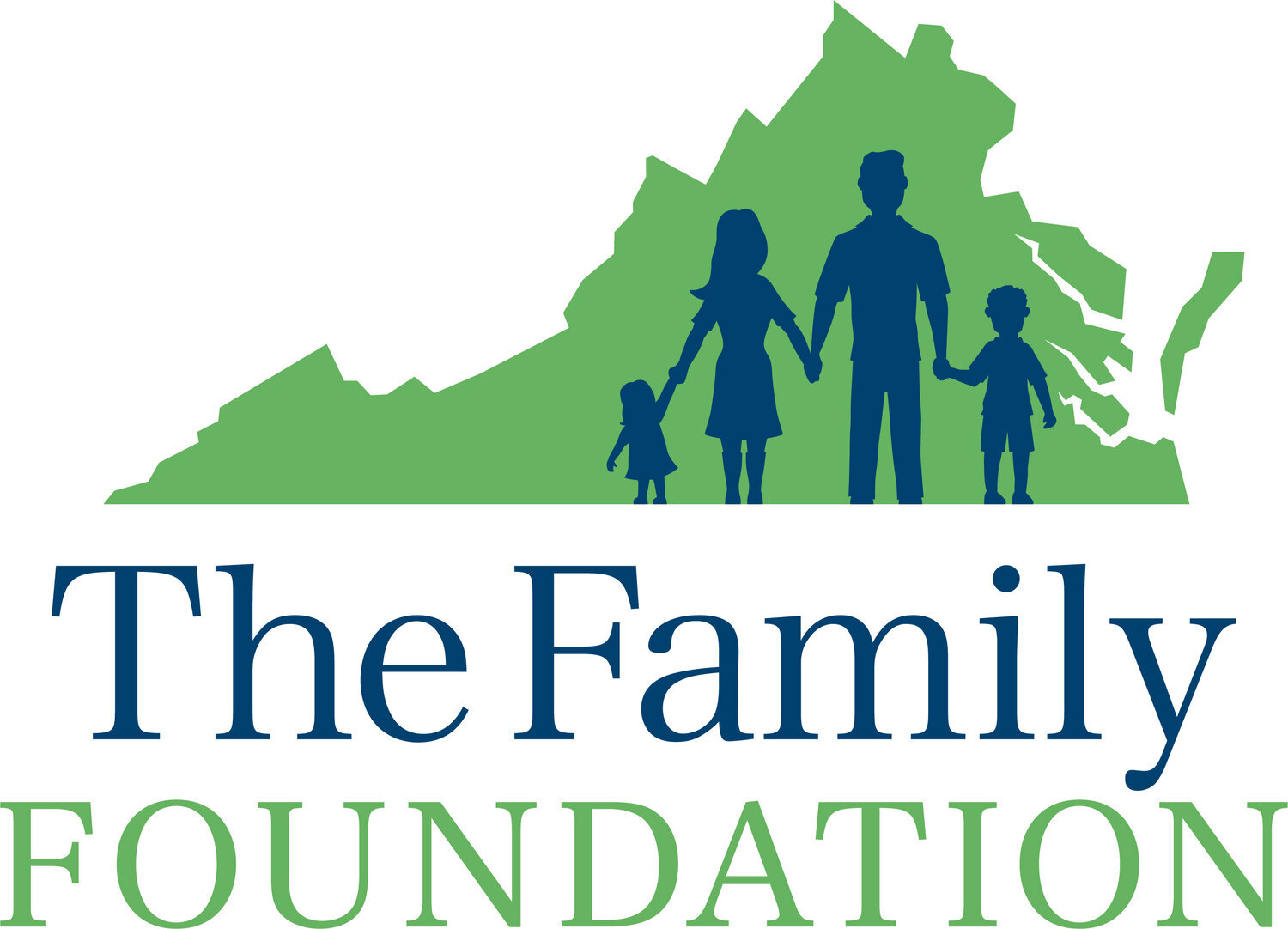The Link Between Abortion, Feminism, and Pornography
It was a very sad day for Virginia when the General Assembly passed HB 980 (D-Herring) and SB 733 (D-McClellan), two identical bills that eliminate all basic health and safety standards in abortion facilities, allow nurse practitioners and nurse midwives – not just physicians – to perform abortions, eliminate virtually all requirements of informed consent prior to an abortion, including an ultrasound before performing and abortion, and removes the 24-hour wait period between the ultrasound and the abortion. Indeed, decades of hard work to protect the lives of the unborn were undone in one session, and I found myself wondering how in the world did society get to a point where protecting the lives of the most vulnerable among us was unimportant? Furthermore, how did the feminist movement become synonymous with abortion?
It’s been 47 years since the Supreme Court decided that unduly restrictive state regulation of abortion is unconstitutional in the infamous Roe v. Wade ruling. In a majority opinion written by Justice Harry A. Blackmun, the Court held that a set of Texas statutes criminalizing abortion in most instances violated a woman’s constitutional right of privacy, which it found to be implicit in the liberty guarantee of the due process clause of the Fourteenth Amendment.
Since this dark day, over 60 million abortions have been performed in the United States, and the U.S. has become one of seven countries to allow abortion for any reason, or to allow “elective” abortions after 20 weeks, which puts the U.S. in the same category as China and North Korea, two of the greatest known violators of human rights in the world.
The Roe decision has always been controversial, having sparked the most heated national debate over a person’s constitutional rights since the 1960s Civil Rights movement. While the pro-life forces were on their heels from the beginning, the abortion rights advocates marshalled their fierce defense of Roe early because of fears it might be overruled. One of the most effective pro-choice groups is Emily’s List, which was founded in 1985 by the left-wing activist, IBM heiress, and former press secretary for the National Women’s Political Caucus Ellen Malcolm. Emily’s List became a pioneer in “bundling” donations -- the process of taking small donations from several members and grouping them and directing them to specific candidates, thereby giving the donating PAC far more influence with the candidate than individual donors would have.
Emily’s List began as a spinoff of an early feminist movement that was created by Andrea Dworkin in the late 1970s and early 1980s to fight against pornography. Emily’s List prided itself on being “pro-woman” and aggressively and specifically “pro-choice,” but was not interested in fighting pornography. There was a time when the feminist movement and the Left agreed that pornography specifically and the exploitation of women in general were serious problems. But after an influx of cash from folks like Hugh and Christie Hefner and their Playboy Foundation to party coffers and to political action groups like Emily’s List, NOW and NARAL, the feminists suddenly lost interest in the idea of censoring pornography. In effect, Hugh Hefner’s daughter saved Playboy enterprises from financial ruin, in part by turning Playboy into a global “multimedia” pornography operation, while at the same time partnering with Ellen Malcom at both the National Women’s Political Caucus and at Emily’s List to direct feminist attention specifically and aggressively toward abortion rights and away from other areas of traditional feminist interest, such as pornography.
Over time they actually came to embrace it as one of the more honest expressions of one’s First Amendment rights. Today, the Left retains the label of the “party of women,” yet it is hard to find any “women’s issue” they champion other than abortion. Though party leaders sell themselves as champions of the feminist movement, in practice their “feminist” agenda very closely mirrors the “dream world” envisioned by the pornography kings who have been so generous with their financial support (i.e., sexually “liberated” women); repercussion-free sex; cheap, readily available birth control; and abortion on demand.
Until the day she died, Andrea Dworkin believed that pornography constituted the subjugation of women by male oppressors. She was half right. If she had come to understand that this subjugation is undertaken not just by males but by females as well and under the protection of the “feminists” of the Left, then she’d have had a clearer picture both of the challenges she and other anti-pornography feminists faced and of the utter fraudulence of the Left’s claim to the mantel of “champions of women.”
